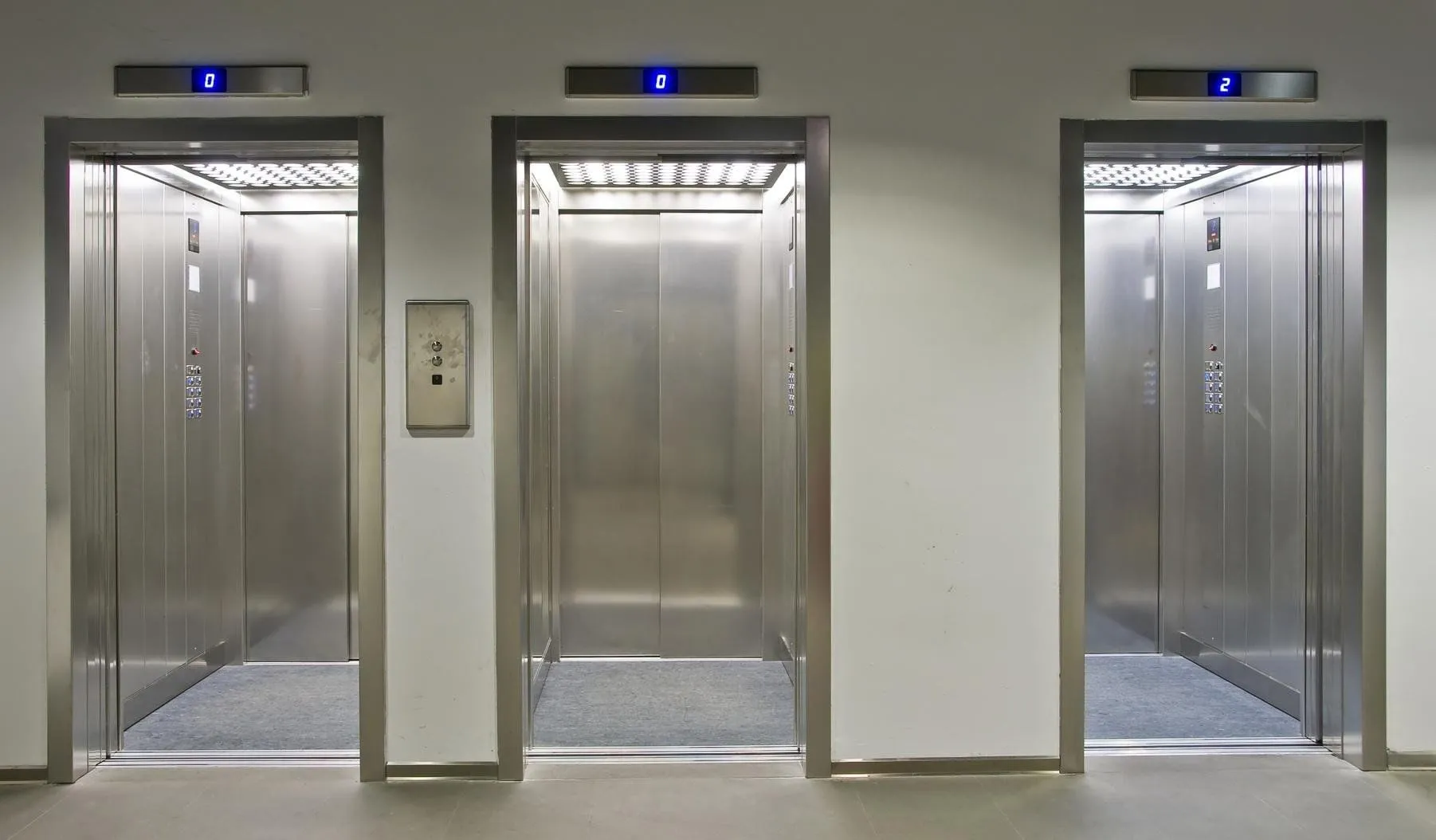
Elevator Capacity Types and Selection Guide | Pishro Elevator Company
- 2025/10/09
Elevator Capacity Types and How to Choose the Right One
The capacity of an elevator is one of the most important parameters to consider when designing, selecting, and installing it. The capacity determines the amount of weight or number of people the elevator can carry per trip. Choosing the proper capacity not only ensures safety but also extends the service life of the elevator and reduces component wear.
1. Passenger Elevators
These are the most common type of elevators, designed to transport people in residential, commercial, and office buildings. The capacity is usually expressed in the number of persons.
Typical Capacity: From 4 persons (320 kg) to 21 persons (1600 kg)
In residential buildings, elevators with a capacity of 4–8 persons are commonly used. In hotels or high-traffic offices, larger models (10–13 persons) are recommended.
2. Freight Elevators
These elevators are designed for transporting goods, heavy materials, or industrial loads. They usually have reinforced floors and walls and operate at a lower speed.
Typical Capacity: From 500 kg to 5000 kg or more
Freight elevators with larger dimensions and double-sided doors are commonly used in warehouses, factories, and large stores.
3. Hospital Elevators
Specially designed for hospitals and healthcare centers, these elevators are built to carry beds, patients, doctors, and medical equipment. Their cabins are long and wide enough to accommodate hospital beds.
Typical Capacity: Between 1600 and 2000 kg (about 21 to 26 persons)
They feature smooth movement, precise stopping, and proper ventilation to ensure patient comfort and safety.
4. Car Elevators
Used in multi-story parking lots or special buildings to transport cars between floors. These elevators must be accurately designed in terms of capacity and cabin dimensions.
Typical Capacity: From 2500 to 4000 kg
They usually have large automatic doors and advanced safety control systems.
5. Home Lifts
Installed in villas or small residential buildings (2–4 floors) to facilitate movement for elderly or less mobile individuals. These elevators have small capacities and operate with single-phase electricity.
Typical Capacity: 2 to 4 persons (about 150–320 kg)
Their main advantage is easy installation and no need for a deep pit.
6. Panoramic (Glass) Elevators
Besides transportation, these elevators add an aesthetic and architectural value to buildings. They are commonly used in shopping centers, hotels, and luxury buildings. Their capacity depends on the design and available space.
Typical Capacity: 4 to 13 persons
The glass transparency and cabin design play a major role in the visual appeal of these elevators.
Comparison Table of Elevator Capacities
| Elevator Type | Capacity (kg) | Approx. Persons | Common Use |
|---|---|---|---|
| Passenger | 320–1600 | 4–21 | Residential & Office Buildings |
| Freight | 500–5000+ | — | Factories & Warehouses |
| Hospital | 1600–2000 | 21–26 | Hospitals & Clinics |
| Car | 2500–4000 | — | Parking Garages |
| Home Lift | 150–320 | 2–4 | Villas & Private Homes |
| Panoramic | 400–1000 | 4–13 | Malls & Hotels |
Key Points for Choosing Elevator Capacity
- Consider the number of units and the population of the building.
- The number of floors and daily traffic volume are crucial factors.
- Use higher capacities in office or public buildings.
- Pay attention to the available shaft space and motor power.
Conclusion
Choosing the right elevator capacity improves performance, increases safety, and reduces maintenance costs. The selection should be based on the building type, usage, and national standards.
Pishro Elevator Company provides professional services in the design, installation, and maintenance of various elevator systems and offers consultation for projects of all capacities.

